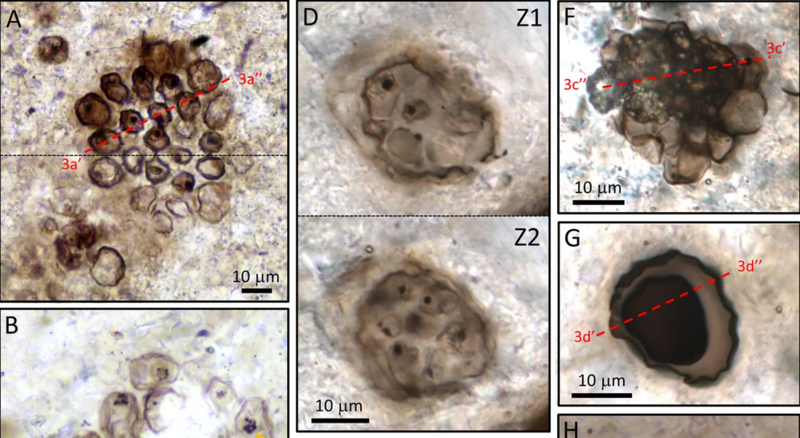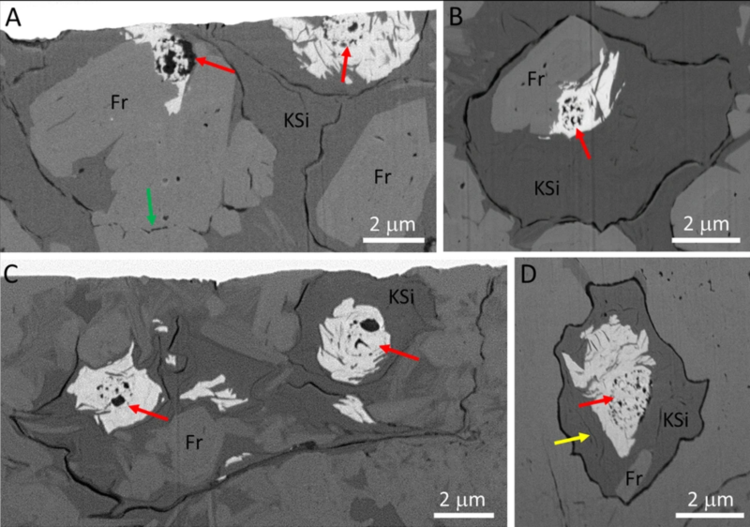A group of researchers have truly hit jackpot!
They have discovered microfossils containing remnants of ancient single-cell organisms that were living roughly 1 billion years ago, so exceptionally preserved that you can see the distinct cellular structures inside.

The incredible discovery was made while analysing material from the Cailleach Head Formation, in western Scotland, which was the bottom of a huge lake a billion years ago.
These ancient cells then died, and quickly after death certain solids in their organelles condensed, leaving an imprint of what they might have looked like.
Unprecedented discovery
While going through the many microfossils discovered, the researchers found:
- An ancient cyanobacterium known as Glenobotrydion aenigmatis that has internal structures more or less spread out within the cell.
- Spheroidal coccus bacteria
- An eukaryotic cell, which are cells that have a nucleus separated from the rest, like humans, plants, and fungi.

Exceptional preservation
According to the scientists, the exceptional preservation of these fossils is due to the presence of two rare earth element phosphate minerals, monazite and xenotime, which had precipitated and hardened, fossilizing the cells and their insides.
Other, older fossilized cells have been found before, but this discovery is the first reported instance of the incredibly preserved structure of inner cells thanks to rare earth element phosphates.

The high concentration of these minerals is related to local erosion and drainage which led to a higher concentration of these minerals in the ancient lake. Once in the lake, the elements were actively absorbed by these cells.
These new findings open a brand new window into our distant past and are incredibly important to understand microorganisms that lived in the Precambrian epoch, their biology and the ecosystems they lived in.
[Nature]











